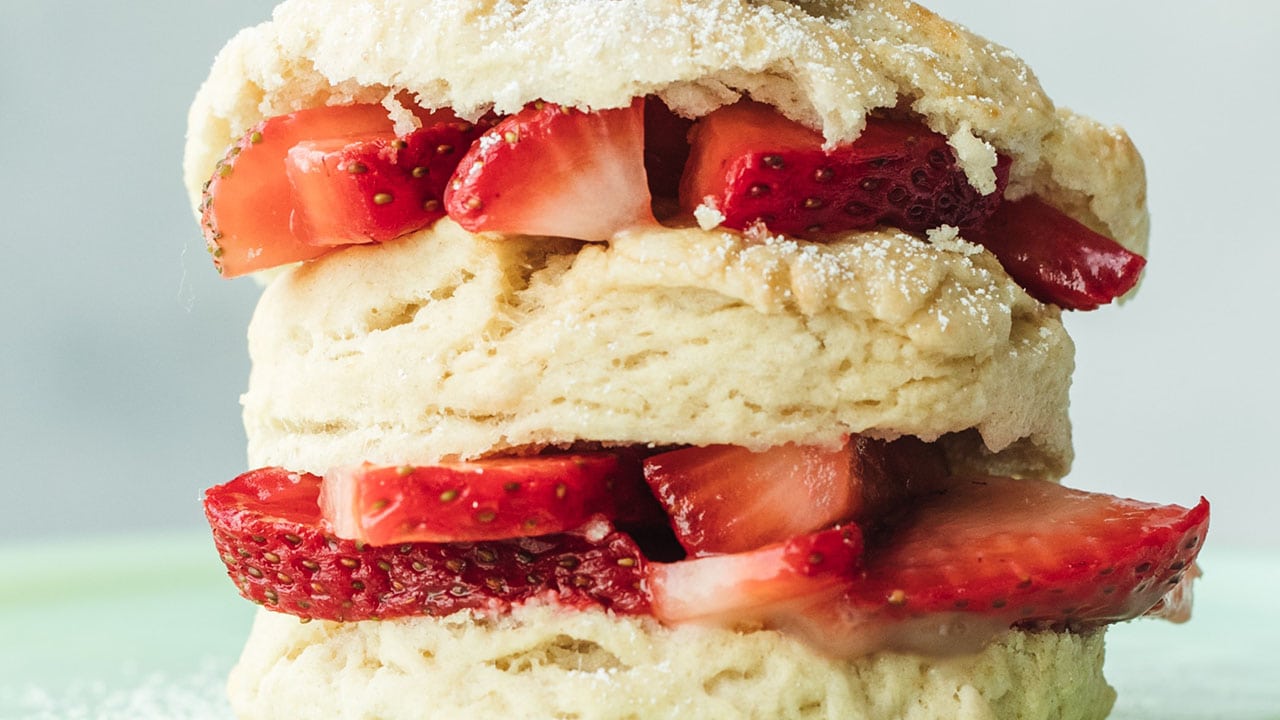Last Updated on June 19, 2020
Last week I talked about learning to share the kitchen with my kids. Whether it’s out of sheer cooking fatigue or the desire to have them be more self-reliant (or a little of both), in the past three months, my two boys have been doing more for themselves in the kitchen than ever. And I’ve been mostly hands-off.
But while giving them freedom is one way for them to learn, I’ve been thinking it might be good to teach them some actual skills, too.
Where to begin? I talked with chef and culinary educator Cleo Bell, who ran the cooking classes at the now-closed KITCHEN at Boston Public Market, for some ideas on how to get started teaching kids skills and confidence in the kitchen. Read on for some of what she shared.
Set the Tone
Her top advice? “Treat kids as though they are small adults,” says Bell. And just as you’d set expectations for the ways adults would act in a kitchen, do the same for children. When kids are in the kitchen, Bell explains, they need to know that while cooking is fun, kitchens are serious places. No running, yelling, joking, or messing around while you’re surrounded by sharp knives and hot food.
At the same time, she says, it’s important to convey that you trust the kids to act in a certain way, and you trust them with the tools and techniques of the kitchen. “Giving them trust,” Bell says, “helps them rise to the occasion.”
Anything Goes – Sort Of
Kids want to do everything an adult would do in the kitchen, says Bell—and that’s great. You don’t need to oversimplify technical terms or even techniques, she says. “We can use big words, and we can give them hard tasks,” she says. But you do want to consider, say, the right sized knife for small hands, or what kind of rules should accompany the use of an appliance like a hand mixer or immersion blender.
For example, she points out that while a five-year-old might have an interest in chopping potatoes or carrots, they don’t have the strength that’s needed to push through a tough vegetable that also won’t lay flat on a cutting surface.
But that doesn’t mean there isn’t a way for kids to practice chopping—you just need to do some of the work for them—cut the carrots into disks or sticks that will lay flat and then let the kids finish up (with the right-sized knife, of course).
Similarly, to cook on the stovetop—especially with stuff that sputters, like bacon or ground beef – kids just need to know how to hold their bodies around hot food, Bell says.
Keep them Busy
When you’re cooking with kids, says Bell, “you have to keep them entertained the whole time.” Breaking down a lesson into chunks where kids can stay engaged throughout is the best way to keep them, well, engaged.
Bell uses strawberry shortcake as an example—kids can make the biscuit dough, and while it bakes, make the filling and the whipped cream. Those tasks will be complete by the time the biscuits are done—and the kids will have stayed busy until it’s time to assemble and eat their treats. Other ways to hold young cooks’ attention: Repeat the lesson you’re trying to get across a few times and ask questions to reinforce the learning.
Make it Fun
If you’re tense with kids in the kitchen, they’ll feel it. Loosen up and be playful instead. Turn cleanup into a game, and don’t sweat it when kids make a mess or accidentally drop ingredients on the floor. Having fun, more than anything will teach kids to love being in the kitchen as much as you do.
This is the second in a short series of posts about teaching kids to cook. Check back next week for some more tips on getting your kids excited about cooking.
Leigh Belanger is a writer, editor, and culinary expert with a passion for food, storytelling, and sustainability. As an Editorial Director for ButcherBox, she has crafted engaging content that highlights high-quality ingredients, delicious recipes, and the joy of home cooking. Through her work, Leigh inspires people to cook thoughtfully and creatively.




